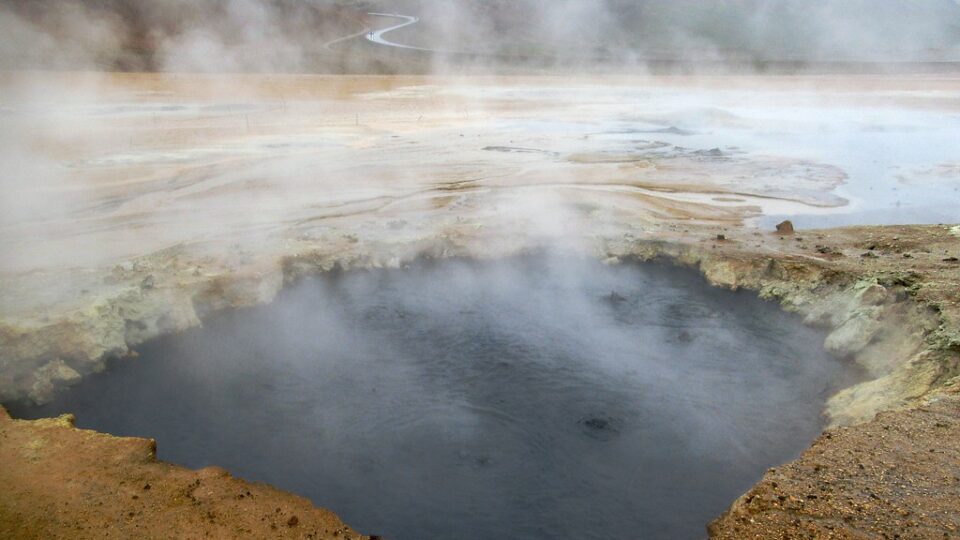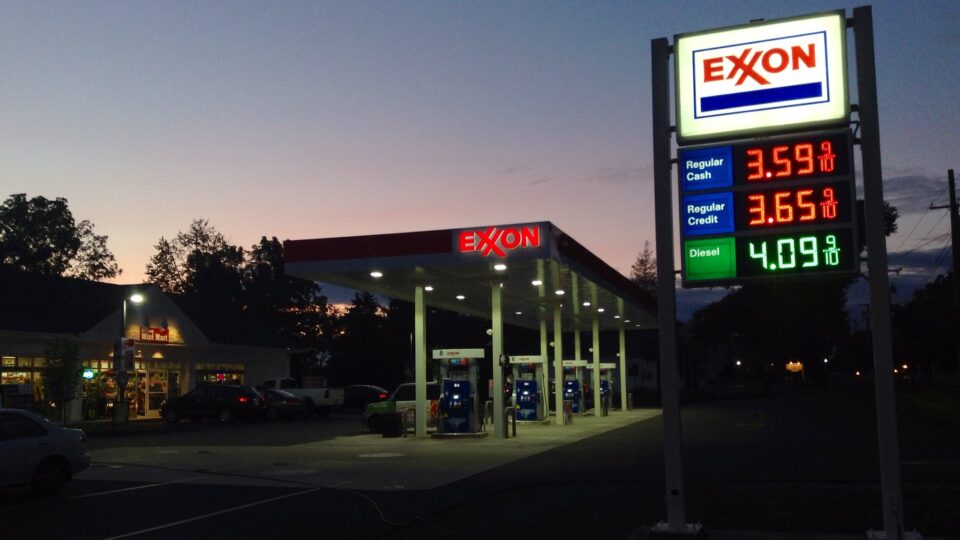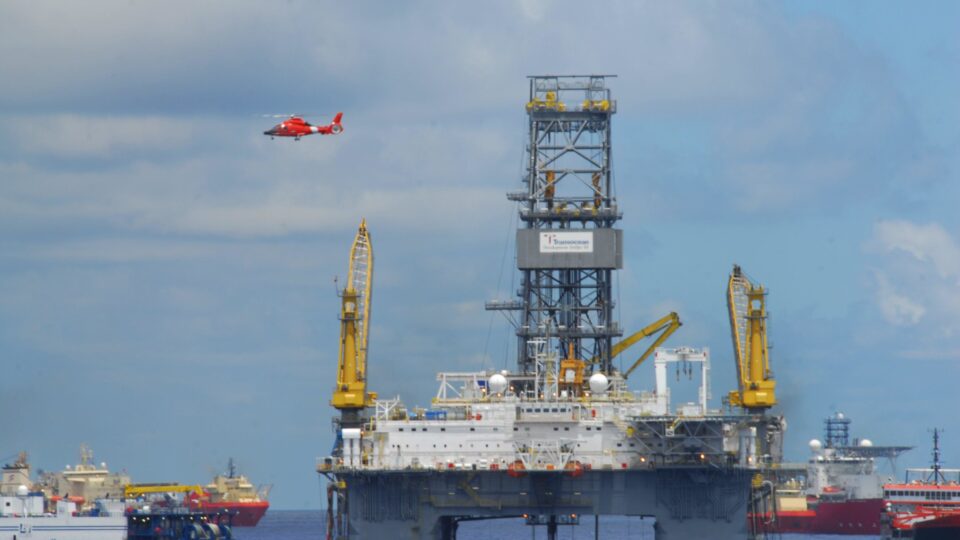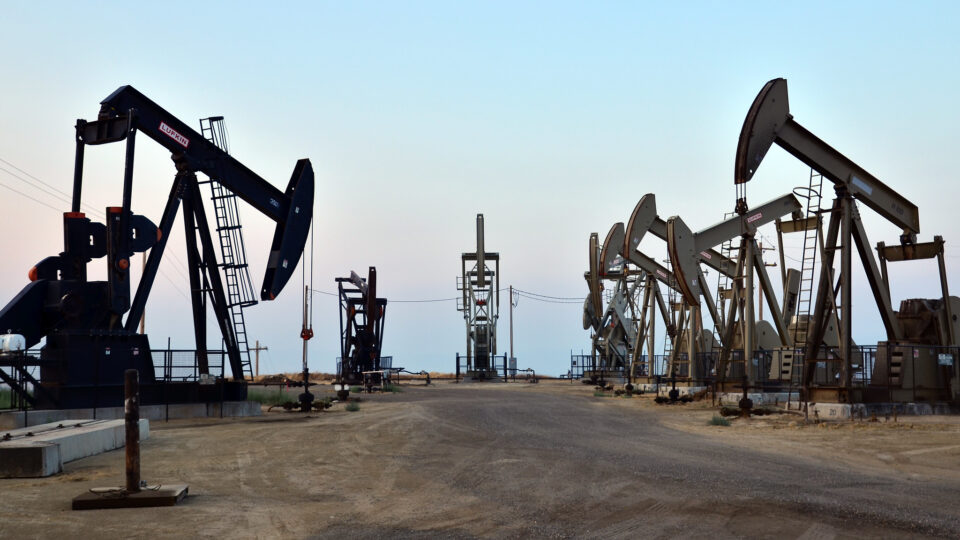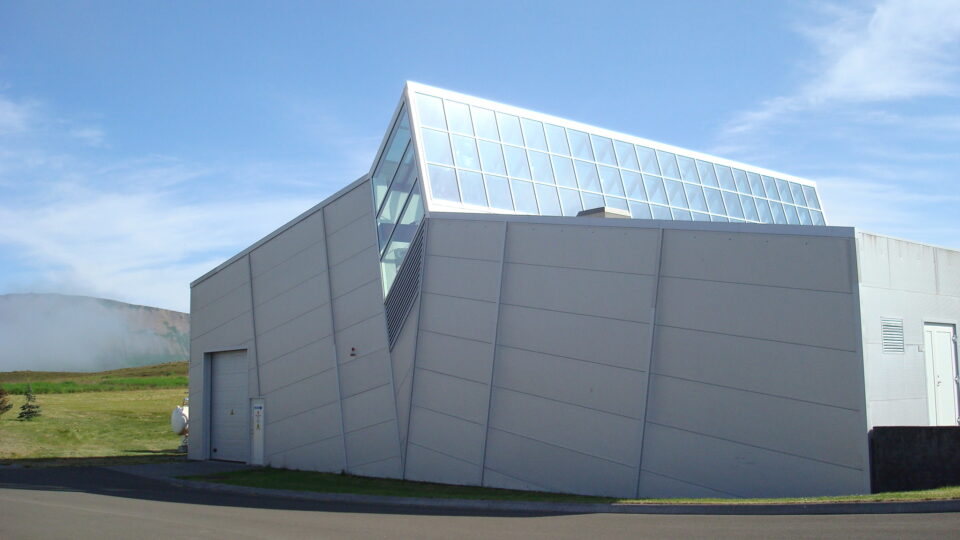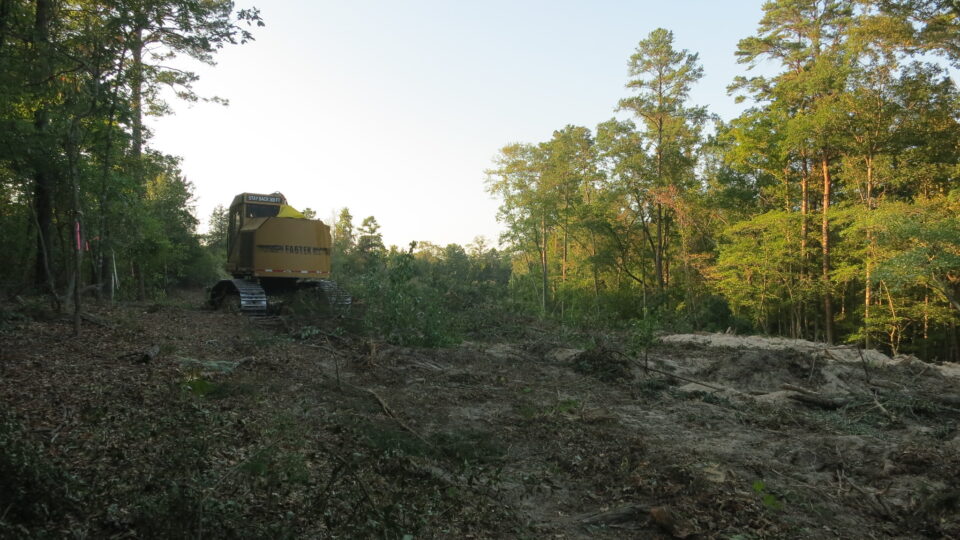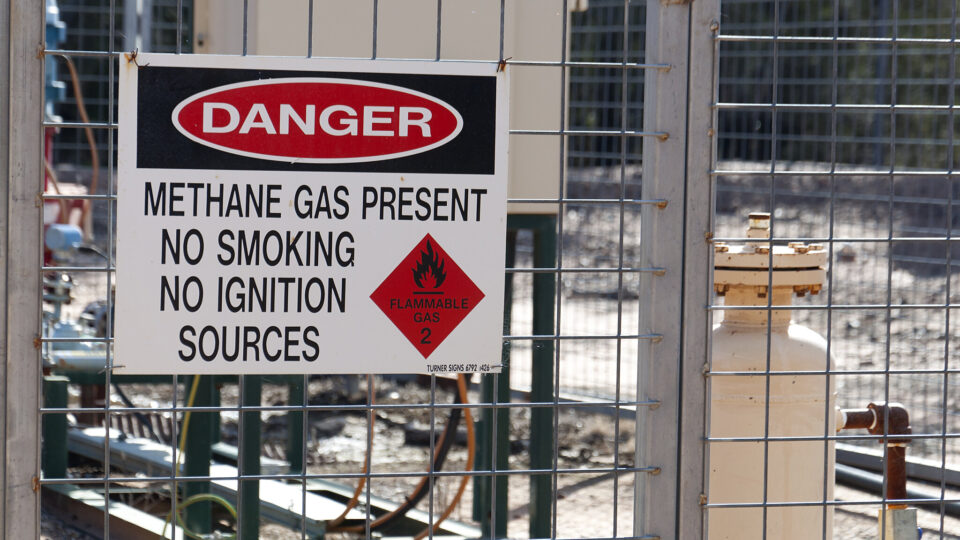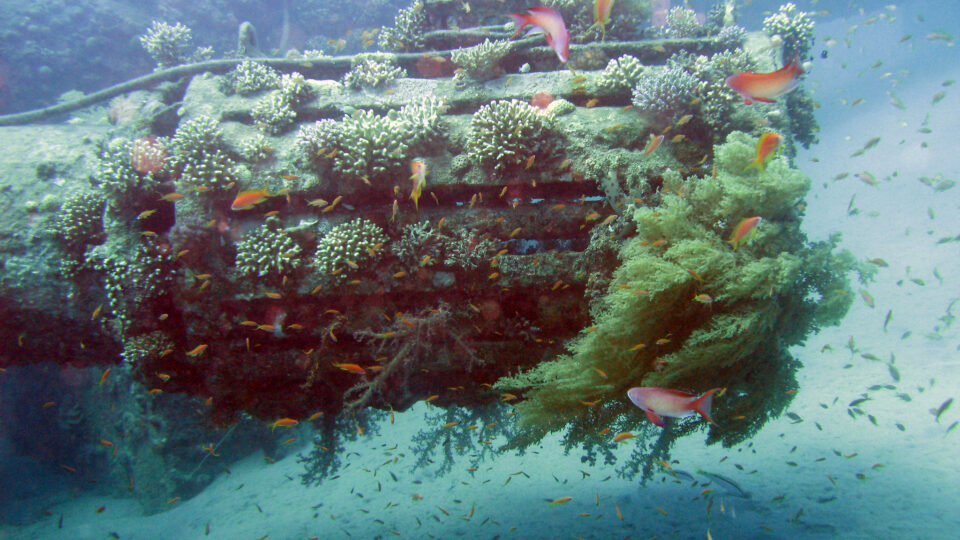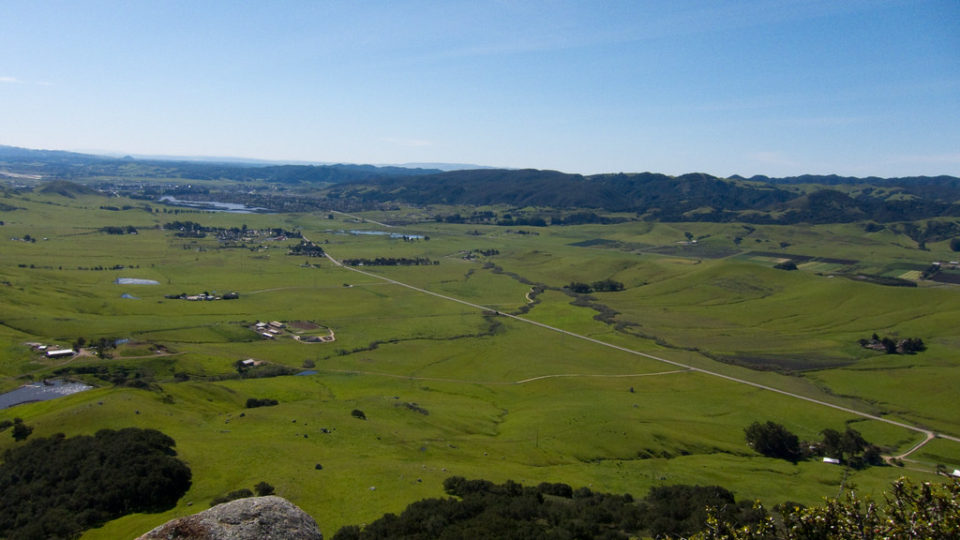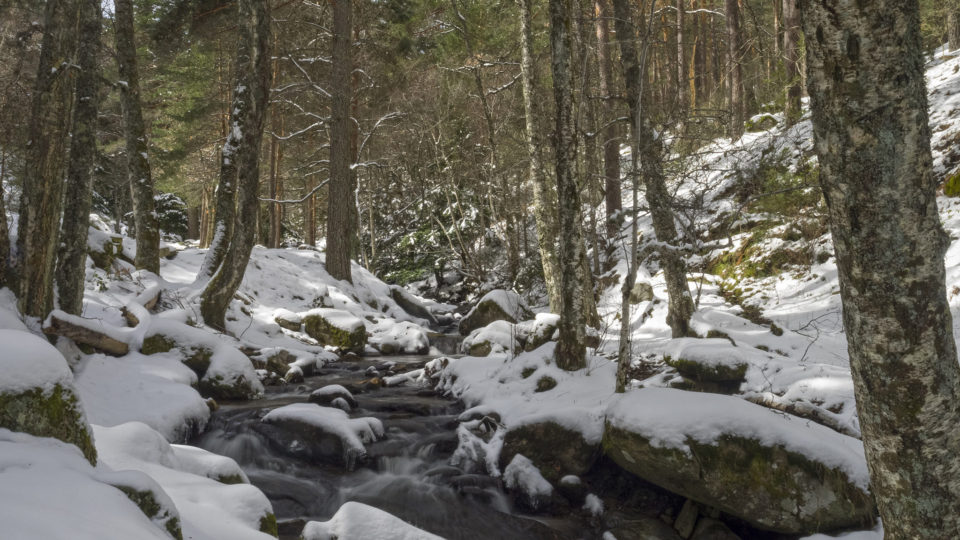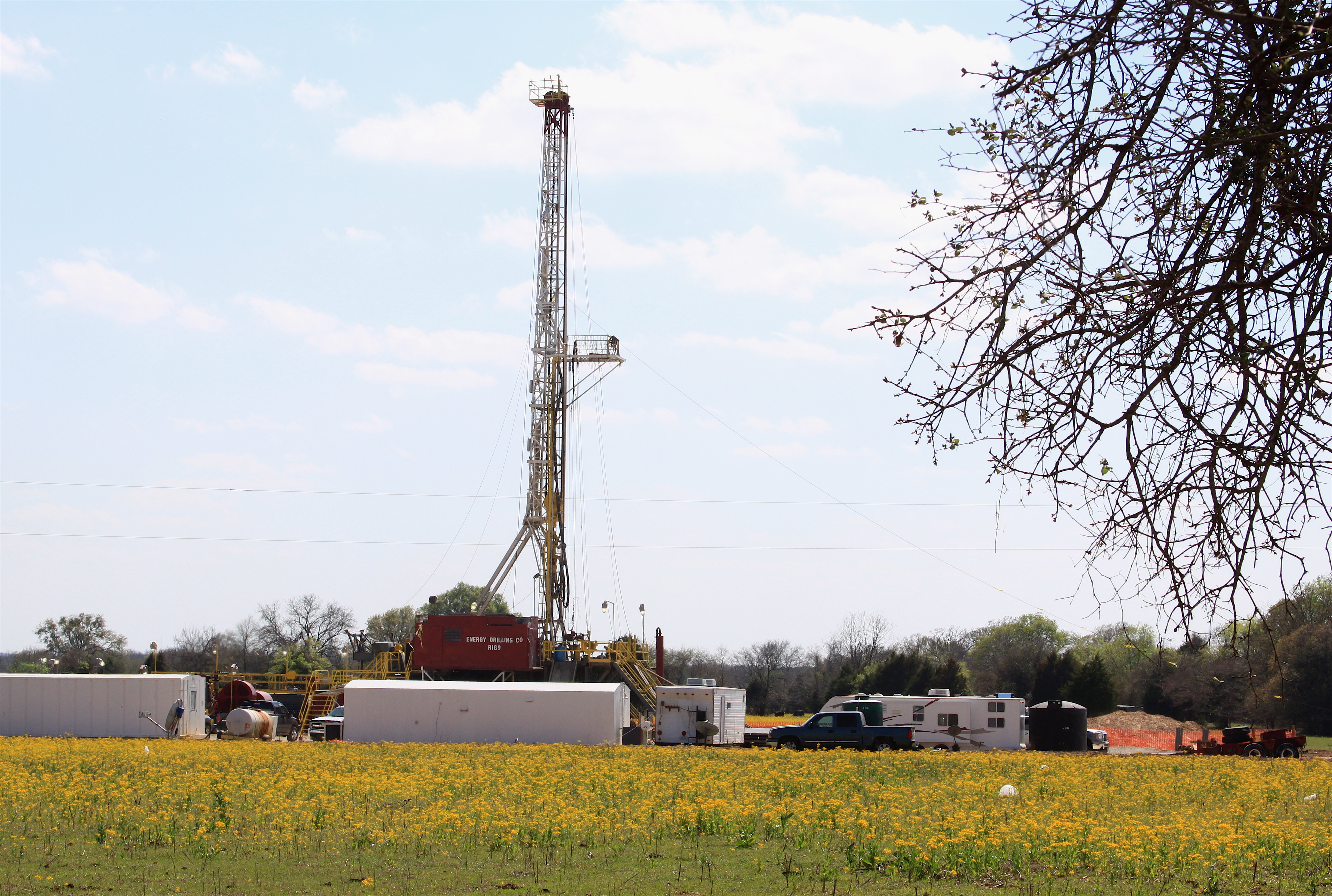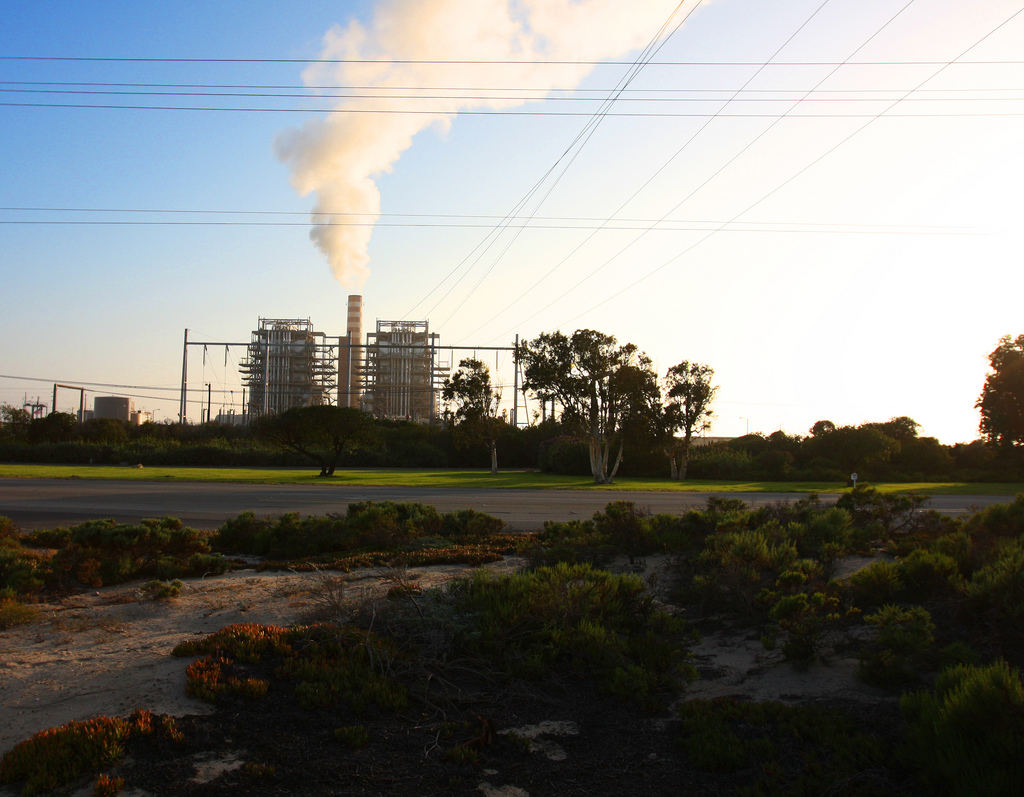Steam produced by underground heat is an excellent source of clean energy. In a few fortunate places around the world – notably Iceland and New Zealand – people have been using this source of power for more than a century. In the U.S., a few places in the West have access to geothermal energy, and thus it provides roughly half-a-percent of the total U.S. power supply.
There is no shortage of underground heat but tapping into it is not so easy. Enhanced geothermal energy refers to drilling down to where the rock is hot and injecting water to be heated and thereby provide steam that is then used to generate electricity. According to the Department of Energy, there is enough energy in the rocks below the surface of the US to power the entire country five times over.
Recently, in northern Nevada, a company called Fervo Energy successfully operated an enhanced geothermal system called Project Red that generated 3.5 megawatts of clean electricity, the largest enhanced geothermal plant ever demonstrated.
There are now multiple start-up companies pursuing enhanced geothermal energy and the reason is somewhat ironic. Much of the research and development needed for new geothermal technologies has already been done by the oil and gas industry for their own purposes – notably fracking. Those industries have gotten extremely skilled at drilling into rock and such skills are what are needed for enhanced geothermal technology.
Enhanced geothermal faces some of the same challenges as drilling for gas, such as intensive water use and potential triggering of earthquakes. There are also issues related to permitting. But the urgent need for more sources of clean energy has made enhanced geothermal energy a potentially very valuable addition to our energy portfolio.
**********
Web Links
Enhanced Geothermal Could Be A Missing Piece Of America’s Climate Puzzle
Photo, posted October 12, 2022, courtesy of David Stanley via Flickr.
Earth Wise is a production of WAMC Northeast Public Radio
